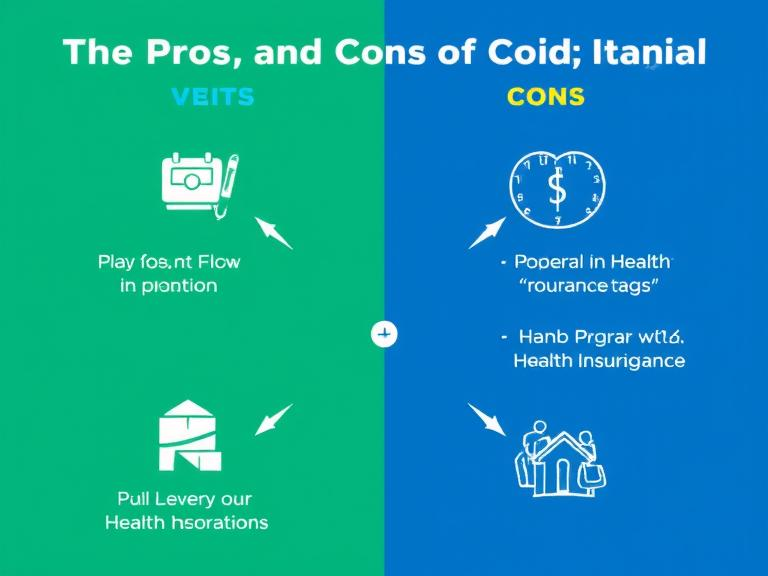Exclusive Provider Organization (EPO)

An Exclusive Provider Organization (EPO) is a type of managed care health insurance plan that provides coverage through a network of healthcare providers. Members of an EPO must use the doctors, specialists, and hospitals within the EPO network to have their medical expenses covered, except in cases of emergencies. EPO plans typically require members to choose a primary care physician and do not cover out-of-network care, which helps to keep premiums and out-of-pocket costs lower. Unlike Health Maintenance Organizations (HMOs), EPOs do not usually require referrals to see specialists, offering a balance between the cost control of HMOs and the flexibility of Preferred Provider Organizations (PPOs). This structure makes EPOs an attractive option for individuals seeking comprehensive care within a designated network while avoiding the higher costs associated with more flexible plans.
Pros:
- Lower Premiums: EPOs often have lower premiums compared to PPOs, offering a balance between cost and flexibility.
- No Referrals Required: Like PPOs, EPOs do not require referrals to see specialists, simplifying access to care.
- Comprehensive Network: EPOs typically offer a broad network of providers, though not as extensive as PPOs.
Cons:
- Strict Network Limitations: EPOs do not cover out-of-network care except in emergencies, limiting provider choice.
- Potentially Limited Provider Options: Depending on the region, the network may not include preferred providers or facilities.
- Higher Out-of-Pocket Costs for Out-of-Network Care: Non-emergency out-of-network care is not covered, leading to full out-of-pocket expenses.
High-Deductible Health Plan (HDHP)
A High-Deductible Health Plan (HDHP) is a type of health insurance that features higher deductibles and lower premiums compared to traditional health plans. Designed to encourage consumers to make more informed healthcare decisions, HDHPs require individuals to pay a larger portion of their initial medical expenses out-of-pocket before the insurance coverage begins. These plans are often paired with Health Savings Accounts (HSAs), allowing policyholders to save money tax-free for medical expenses. HDHPs are particularly appealing to young, healthy individuals who do not anticipate frequent medical needs, as they can benefit from the lower monthly costs while having coverage for significant medical events. However, it’s important for enrollees to evaluate their healthcare needs and financial situation to ensure an HDHP is the right fit.
Pros:
- Lower Premiums: HDHPs usually offer the lowest premiums, making them attractive to healthy individuals with minimal healthcare needs.
- Health Savings Account (HSA) Eligibility: HDHPs are often paired with HSAs, allowing individuals to save pre-tax money for medical expenses.
- Encourages Cost-Consciousness: High deductibles encourage individuals to be more mindful of healthcare spending.
Cons:
- High Deductibles: The high deductible can be a financial burden, especially for those with frequent medical needs.
- Delayed Care Due to Cost: The upfront cost can discourage individuals from seeking necessary care, potentially leading to worse health outcomes.
- Complexity in Managing Costs: Understanding and managing the costs associated with an HDHP can be challenging, requiring careful financial planning.
In conclusion, choosing the right health insurance plan involves balancing cost, flexibility, and coverage needs. Whether prioritizing affordability, provider choice, or comprehensive care, understanding the trade-offs of each type of plan is essential in making the best decision for your healthcare needs.
